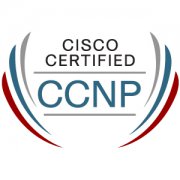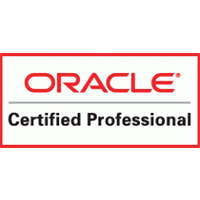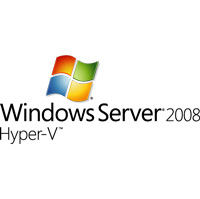
二、 课程简介
Introduction
• Course objectives
• The Oracle complete solution
• Course agenda
• Tables and data used for this course
PL/SQL Programming Concepts Review
• Identify PL/SQL block structure
• Create procedures
• Create functions
• Create packages
• Use cursors
• Handle exceptions
• Understand dependencies
• Identify the Oracle supplied packages
Design Considerations
• List the different guidelines for cursor design
• Describe cursor variables
• Pass cursor variables as program parameters
• Compare cursor variables to static cursors
• Describe the predefined data types
• Create subtypes based on existing types for an application
Collections
• Describe and use nested tables
• Describe and use varrays
• Describe and use associative arrays
• Describe and use string indexed collections
• Describe and use nested collections
• Write PL/SQL programs that use collections
• Describe the common collection exceptions and how to code for them
• Compare associative arrays to collections
Advanced Interface Methods
• Execute external C routines from PL/SQL
• Understand the benefits of external routines
• Publish the external C routine in the PL/SQL code
• Execute a PL/SQL routine that calls the external C routine
• Execute Java routines from PL/SQL
• Publish the Java class method by creating the PL/SQL subprogram unit specification that references the Java class method
• Execute the PL/SQL subprogram that invokes the Java class method
PL/SQL Server Pages
• Define embedding PL/SQL code in Web pages (PL/SQL Server Pages)
• Describe the format of a PL/SQL Server Page
• Write the code and content for the PL/SQL Server Page
• Load the PL/SQL Server Page into the database as a stored procedure
• Run a PL/SQL Server Page via a URL
• Debug PL/SQL Server Page problems
Fine Grained Access Control
• Understand how fine-grained access control works overall
• Describe the features of fine-grained access control
• Describe an application context
• Set up a logon trigger
• View the results
• Query the dictionary views holding information on fine-grained access
Performance and Tuning
• Tune PL/SQL code
• Write smaller executable sections of code
• Compare SQL to PL/SQL on performance
• Understand how bulk binds can improve performance
• Handle exceptions with the FORALL syntax
• Identify data type and constraint issues
• Recognize network issues
Analyzing PL/SQL Code
• Use the supplied packages and dictionary views to find coding information
• dbms_describe supplied package
• Use supplied packages to find error information
• Trace PL/SQL programs using the dbms_trace supplied packageq
• Read and interpret the trace information
• Profile PL/SQL programs using the dbms_profiler supplied package
• Read and interpret the profiler information
三、培训特色:
授课讲师,拥有丰富的企业应用能力和实际经验












